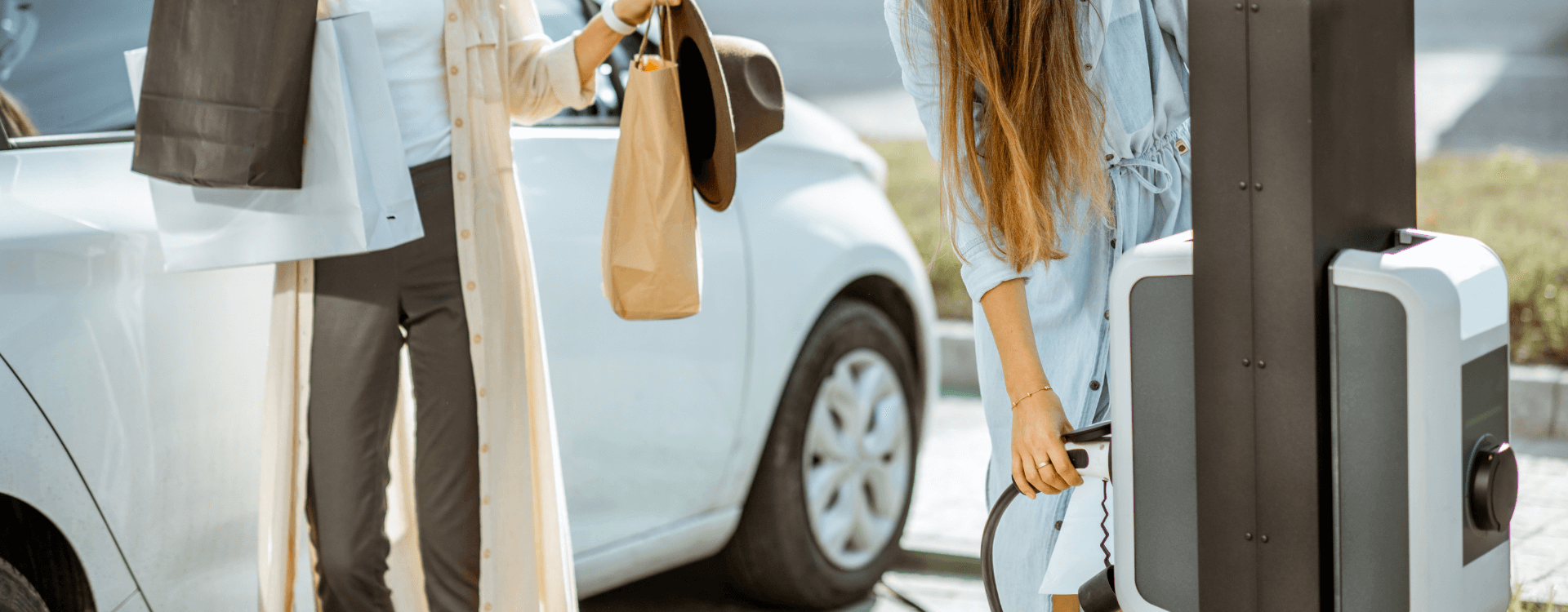
Difference between diesel particulate filter, air filter and cabin filter
In our cars, we have several filters that perform specific tasks. However, it is easy to get confused and it is best not to mix up the particulate filter with the cabin filter. To avoid confusion, we will briefly review the role and maintenance of each of these filters. As you will see, it is not very difficult to avoid confusing them. In fact, they are generally presented in quite different forms.
Our cars have lots of filters !
If we go back to the academic definition of what a filter is, we learn that it is a device intended to retain impurities by filtering. The automobile is no exception to this definition. However, not all filters have the same role to play in our cars. We have listed three very important filters that are used in all our cars. They all act on quite different parameters and they have one thing in common: they require regular maintenance. We will therefore see the role played by each one, but also when they need to be replaced.
The air filter: so the engine can breathe
Let's start with the air filter. It's sort of like the lungs of our car. Located in the intake, it filters the air that enters the engine. As we all know, a combustion engine needs a mixture of air and petrol at a ratio of 14:1 to work. But this air needs to be cleaned of dust, insects and, more generally, of any foreign matter that does not belong in the engine. The air filter therefore plays an essential role. For this reason, it must be replaced at every service to ensure the best possible filtration. There are many different types of air filters, as not all cars have a similar intake (and therefore airbox). Want to know how to change the air filter ? It's usually a very simple operation. Remove the airbox cover to gain access to the filter. The filter can then be removed directly for replacement.
The cabin filter: for better breathing on board
In our car, the air must be renewed regularly, otherwise we would quickly suffocate... Or we would have to drive with the windows open, summer and winter. Fortunately, there is ventilation and/or air conditioning. However, both of these devices use the same channel to recycle the air: the air vents in our car. These take in air from outside, usually through air inlets under the windscreen. The air then passes through the cabin filter to remove as many pollutants as possible. The air filter also helps to retain odours. Over time, this filter becomes loaded with pollutants and needs to be replaced. If you want to know where to find the cabin filter, you should know that it is usually a small hatch under the bonnet, near the windscreen. The filter is simply slipped in. It is therefore very easy to replace, which is recommended every year.
The diesel particulate filter: for less pollution
Then we have the diesel particulate filter. This time, we are on a very different kind of filter. Specifically, it is a steel cylinder, located on the exhaust line, after the catalytic converter, on both petrol and diesel cars. Its purpose is to collect the fine particles emitted by the engine in order to burn them out during regeneration cycles, when the engine is quite hot. It is therefore a long-lasting filter whose main danger is clogging. On petrol engines, this phenomenon does not occur. You can therefore use a petrol car in town and on short journeys without any problem. But with Diesel engines, if the daily trips are very short, the optimal operating temperature for triggering a regeneration cycle is not reached sufficiently. This causes the filter to clog. Of course, it is possible to replace a diesel particulate filter yourself, but this is not an operation that can be done by novices. On recent models with sensors, a diesel particulate filter fault is indicated by an engine light. This allows a regeneration cycle to be created automatically if this is still possible. If not, a replacement of the DPF is necessary.
Do you want to know if your Catalytic Converter is Bad ? Do you want to know if your DPF is clogged ?
The final word
Of course, this list of filters is far from exhaustive. We could also have mentioned the oil filter. As the name suggests, this one aspires to rid the engine oil of its impurities or the fuel filter. Nevertheless, we hope that these few nuances on the three main filters of our time will have helped you to see things more clearly. Remember that not all filters in our cars are the same, and that the cost of replacing them can be as much as tenfold. It is therefore best to maintain your car regularly, with at least an annual service. In the case of the cabin filter, this is very inexpensive and yet having fresh, clean air while driving is greatly appreciated, also reducing the risk of allergies.










